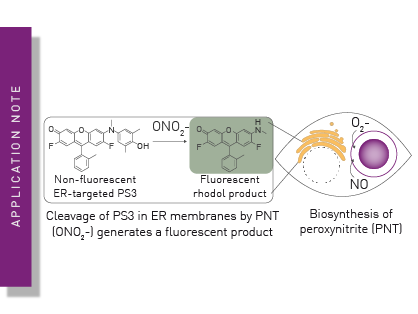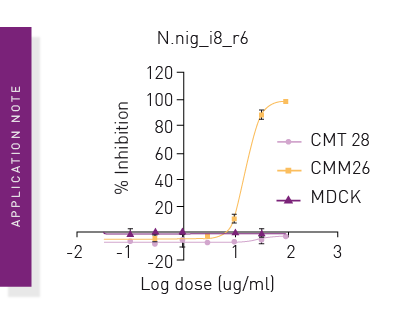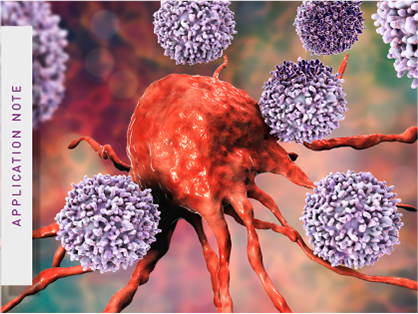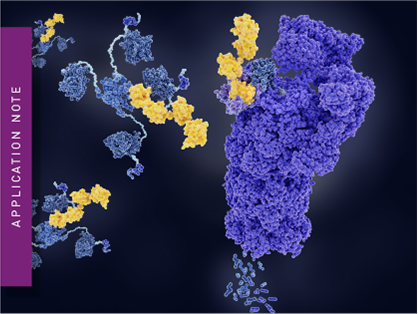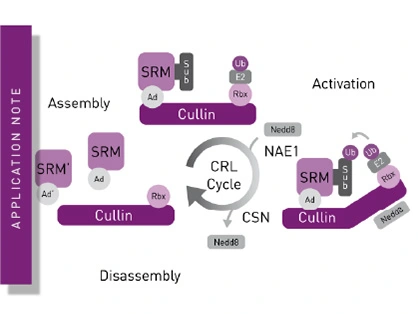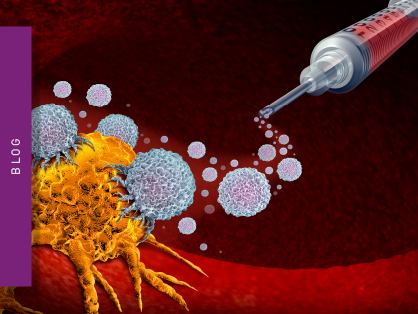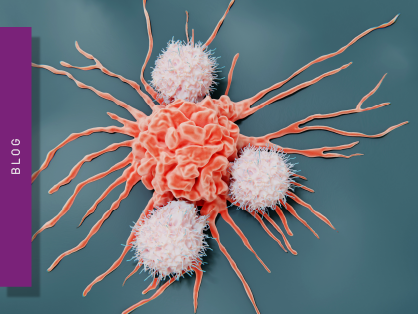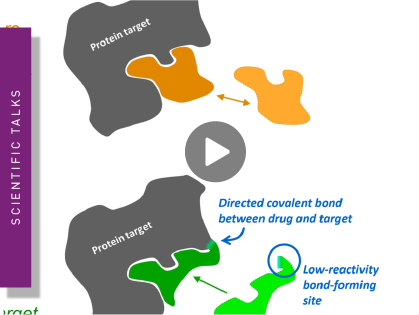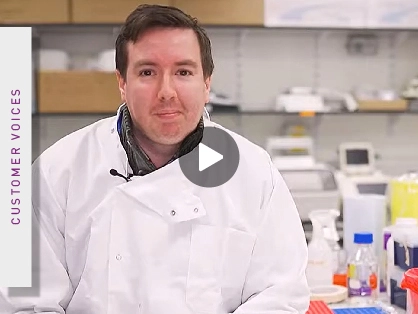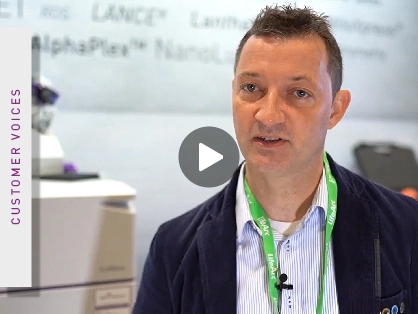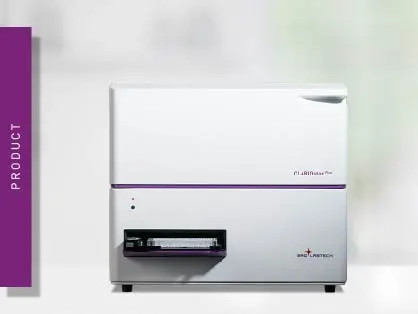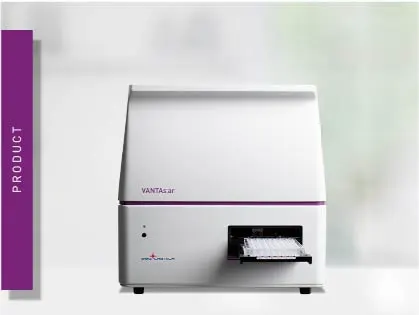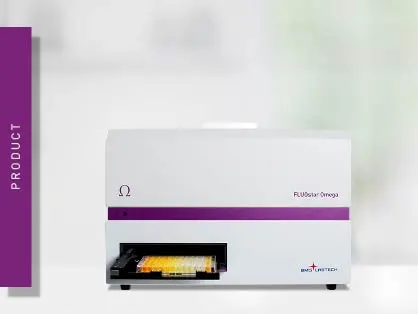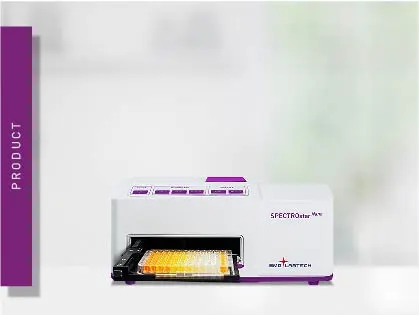Microplate readers help drive cancer research
Every year, about 20 million new cancer patients are registered worldwide. Microplate readers can help investigate molecular mechanisms and potential therapeutic approaches for this devastating group of diseases.
Cancer is a disease that develops when the molecular composition of our DNA is altered, which can happen through various causes such as alcohol or tobacco or spontaneous mutations, but also through heredity. After this genome change, the cells divide uncontrollably and spread in the surrounding tissues, sometimes even in the form of metastases that reach other parts of the body via the blood system.
Cancer research requires a multi-pronged approach to understand the complex factors responsible for the development and progression of cancer and to find effective treatments. Therefore, cancer research and oncology, which deal with the prevention, diagnosis and treatment of cancer, span very diverse disciplines.
An existing cancer can be diagnosed through the analysis of the presence of specific tumour markers such as CA-125. Progression of tumours could be monitored, for example, by an increase in the VEGF level in the blood. Such biomarkers are classically detected by ELISAs. Tumour cell invasion can also be studied with methods such as the BD FluoroBlok assay.
Mutations in the genome of the cell can be diagnosed, for example, by advanced genomic tests. Here, next generation sequencing and miniaturised methods for nucleic acid quantification have led to a significant increase in throughput over the last decade. Cancer cells are taken from biopsies and their DNA is sequenced to identify mutations known to be associated to cancer development. For inherited mutations, such as BRCA1 and BRCA2, which are associated with breast and ovarian cancer, genetic testing based on blood tests or mouth washes can be used to clarify a potentially increased risk. One step further ahead, the tests like the BlueScreen HC can be used to analyse the mutagenic effect of the suspected substances.
Altered metabolic pathways and energy demands are also a key characteristic of mutant cancer cells and can be used as readout. By checking the cell’s oxygen consumption rate or monitoring extracellular acidification rates as shown in this application note the underlying mechanism of cancer progression and potential drugs addressing them can be identified. Abnormal activation of signalling pathways is part of tumour pathogenesis and plays critical roles in growth, progression, and relapse of cancers. Excessive activation of specific signalling pathways, like the NFκB pathway has been documented in various tumour tissues and serves as a diagnostic marker, too. Additionally, studies on signalling pathways for targeted cancer therapy have become a hot topic. Other markers such as increased peroxynitrite production in the tumor microenvironment can also be assessed by using fluorescent sensors as highlighted in the application note ‘Production of peroxynitrite by cancer-associated immune cells can be detected with a fluorescence-based assay’.
Cancer cells can also selectively overexpress proteins that can induce resistance to chemotherapeutic drugs. Inhibition of multidrug transporters can also be addressed by microplate readers.
Since cancer is characterized by cell cycle dysregulation and uncontrolled cell division, cell viability assays can be used for both, to investigate the causes of cancerous changes and to screen potential drugs to stop them and induce cell apoptosis or necrosis. This example shows the use of a fluorescence-based viability assay to detect the apoptotic effect of different snake venoms on cancer cell lines. Modern approaches are based on advanced cancer immunotherapy, in which the body's own immune system is stimulated to actively destroy malignant cancer cells, for example.
Microplate readers do not only enable reliable detection of these assays, but also help to increase throughput and thus capacity to detect diseases at an early stage and investigate a broader field of potential drugs.
